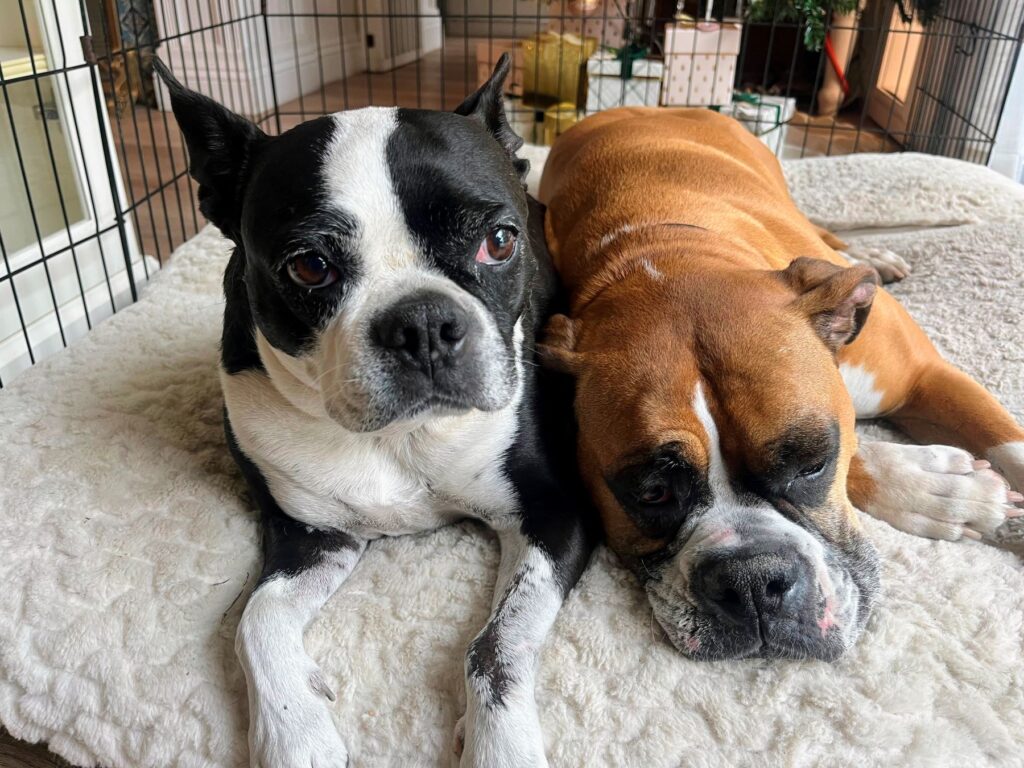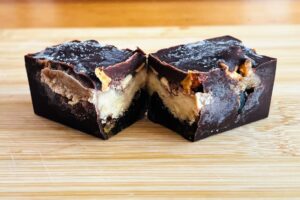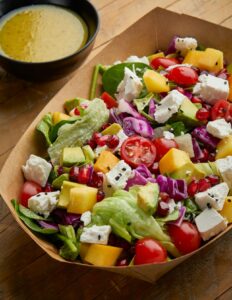Have you ever wondered if you’re feeding your dog the best food possible? Many popular dog foods may be convenient, but they’re not always the healthiest. In this post, I’ll share a better, more natural way to feed your dog—one that supports their health, energy, and helps them live a long, happy life.
Why Our Dogs Deserve the Best
Dogs aren’t just pets—they’re family. They greet us with wagging tails, offer comfort when we’re down, and bring joy into our everyday lives. Their love is pure, constant, and unconditional.
Because of that, they deserve the very best from us—our time, our care, and what we feed them. Just like we make healthy choices for the people we love, we should do the same for our dogs. Giving them the best is one way we show them how much they mean to us.
The Problem with Processed Dog Food
Most dog owners don’t think twice about scooping kibble into a bowl. It’s quick, cheap, and heavily marketed as “complete nutrition.” But the truth is, most processed dog food is far from healthy.
These products are often made with low-quality meat by-products, artificial flavors, preservatives, and cheap fillers like corn, wheat, and soy. None of these ingredients are good for dogs. In fact, feeding processed dog food every day can lead to problems like skin allergies, digestive issues, weight gain, and even long-term diseases.
The high heat used to make dry kibble also destroys many of the natural nutrients. What’s left is a product that needs to be sprayed with artificial vitamins just to meet the minimum nutrition standards. That’s not real food—it’s a manufactured product designed for shelf life, not health.
If you wouldn’t eat heavily processed food every day, why should your dog?
How to Best Feed Our Dogs
Feeding your dog the right way is one of the most important things you can do to keep them healthy and happy. Here are some simple tips to help you give your dog the best meals possible.
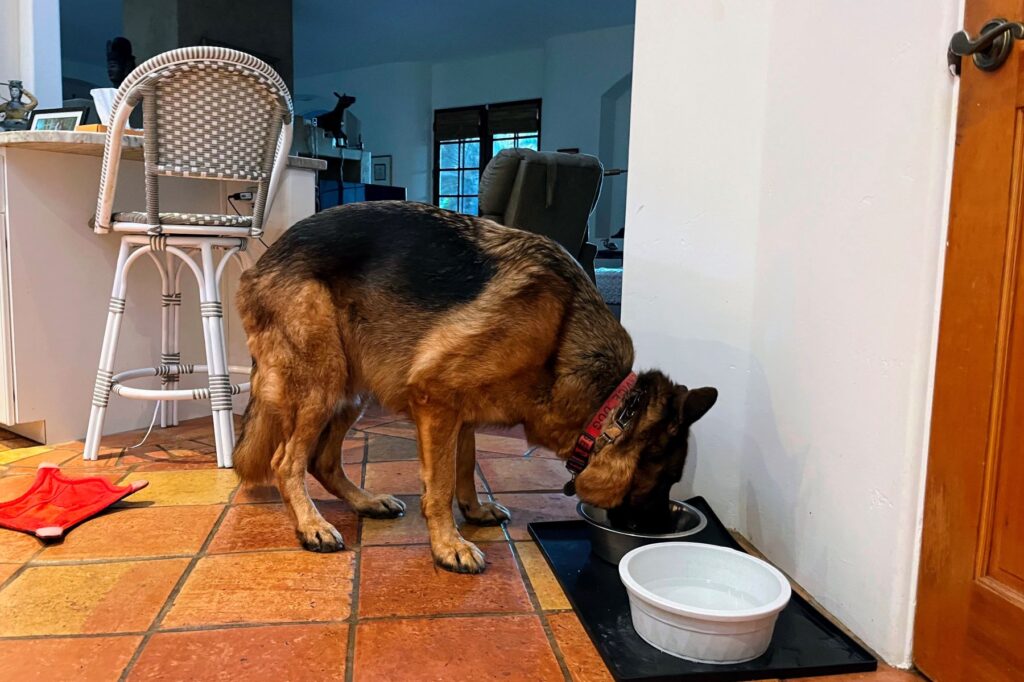
1. Choose Healthy, Quality Food
Dogs thrive on fresh, natural ingredients. Just like us, they benefit from foods that are free from artificial additives and preservatives. Therefore, a healthy dog food plan can include:
Cooked vegetables (like carrots, green beans, and sweet potatoes)
Brown rice, oats, or lentils
Plant-based proteins like tofu and beans
Lean meats or eggs (if not plant-based)
These foods provide the nutrients your dog needs without the junk found in many processed dog foods.
2. Avoid Highly Processed Dog Food
Many commercial dog foods are loaded with fillers, artificial additives, and low-quality ingredients. While they may seem convenient, these products can lead to long-term health issues like allergies, obesity, and poor digestion.
Instead, look for high-quality dog food made with simple, real ingredients—or better yet, try making your own meals at home using fresh, natural foods.
3. Keep Meals Simple and Balanced
Feeding your dog well doesn’t have to be complicated. For starters, try batch cooking a few meals and storing them for the week to save time.
You also don’t need to make something new every day. Just rotate a few simple, healthy recipes using safe, dog-friendly ingredients. Overall, try to keep it easy, balanced, and consistent.
4. Limit the Treats
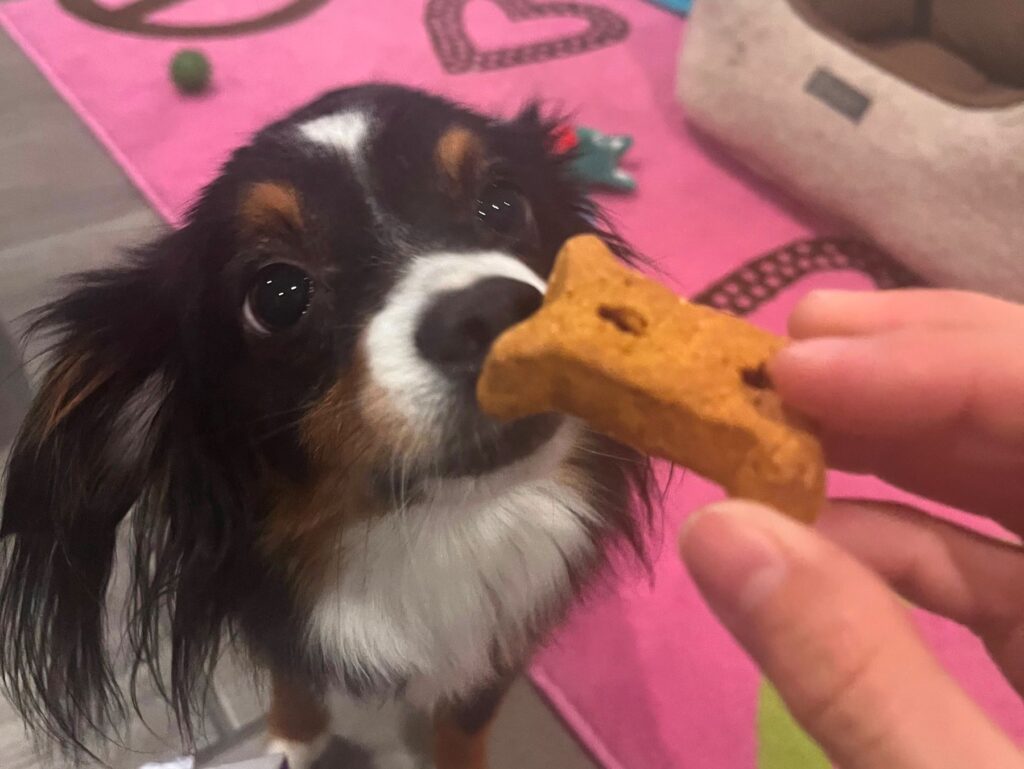
Treats are a great way to reward good behavior, but giving too many—even the healthy ones—can lead to weight gain and poor eating habits. It’s also easy to lose track when tossing your dog a treat here and there throughout the day.
Instead, use treats in moderation and stick to low-calorie options. Save them for training or special moments, not as a substitute for real meals.
5. Keep Them Hydrated
Water is just as important as food. Make sure your dog always has access to clean, fresh water throughout the day. Staying hydrated supports digestion, energy, and overall health.
Many people forget to clean their dog’s bowls, but it’s an important part of the feeding routine. Dirty bowls can collect bacteria and germs that may harm your dog’s health.
6. No Table Scraps
As tempting as it is to share your meal with your dog, table scraps are rarely a good idea. Most human foods are too salty, greasy, or seasoned for a dog’s digestive system. Some ingredients, like onions, garlic, or certain spices, can even be toxic.
Feeding scraps can also lead to begging behavior and throw off your dog’s balanced diet. If you want to treat them, offer a small portion of plain vegetables or dog-safe fruit instead.
Healthy Feeding for a Happy Dog

Feeding our dogs with care is one of the best ways to support their health and happiness. It doesn’t have to be complicated—just intentional.
Small choices, like using better ingredients and creating healthy routines, can make a big impact over time. Since switching Shadow to real food, I’ve noticed a big difference. He has more energy, his coat is shinier, and he just seems more content overall.
Our dogs trust us to take care of them. And giving them the best starts with what we put in their bowl.

